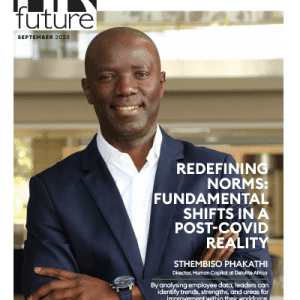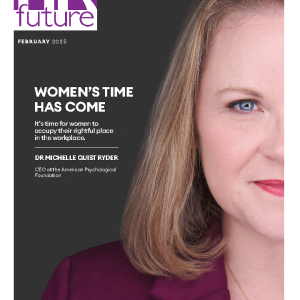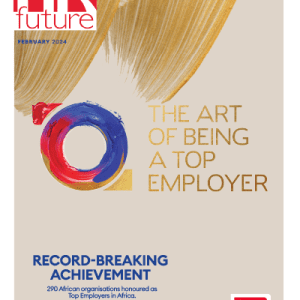The hybrid worker of 2023 is recognised as very different from the pre-pandemic office worker – but how to manage the hybrid workspace is the number one question.
How to get the hybrid work model right is causing confusion in South African workplaces this year.
Business leaders recognise the best place to do work is in the office, where energy, collaboration, engagement, connection, and shared accountability take place. And they want that back.
But a new hierarchy of workplace needs has emerged since we worked from home. And how to meet it is the question we have been most asked this year.
There is a new mindset among workers now: if I’m going to go to work, it better be worth my time. Offices need to change to recognise that fact.
Through the pandemic, people learned remote work techniques, tools, and enhanced technology, which helped them feel greater control over where and how they worked. These two dynamics collided to create a fundamental shift in what people need at – and from – their workplace as they return to the office for part of the week.
Not all hybrid workers are the same.
We’ve found hybrid workers fall into three distinct categories who need to use the workplace differently. Creating the right spaces for the right experiences means understanding that hybrid employees have a greater variety of needs and can help frame a coherent hybrid worker policy.
Anchored worker – Their role requires them to have a personal, assigned workspace which is tied to a specific workplace process. Because they work primarily at their desk. this worker values having a place to store belongings but needs acoustical and visual privacy. This role can also be helped by having places to ‘get away’ for privacy without leaving the office.
Untethered worker –The untethered worker doesn’t have a dedicated workspace, but their role requires them to be in the office for a set amount of time per week. This person could work in unassigned team spaces or find themselves in shared social settings, which invite interruption but promote engagement. They need flexible environments to support their varying work modes and to allow them to go from social settings to more private focused areas.
Destination worker – This person’s role gives them flexibility about when, where and how they work. They typically come to the office to participate in collaborative work such as meetings, complex problem-solving, or mentorship. They gravitate toward collaborative spaces that can be arranged in a variety of ways to be more visible or have greater privacy. They also need a range of diverse spaces where they can do individual work, which allows them to continue their workday at the office and stay productive.
The most fundamental need is to help people get work done better and faster than they could at home. That means providing better technology, tools and spaces that help people do their best work.
People need spaces that are intentionally designed to help them build relationships and make emotional connections. This, in turn, eliminates barriers to cooperation, builds team cohesiveness and influences others to advance work.
But it isn’t a one size fits all – each company needs to consult to assess their needs.
As Maslow’s Hierarchy recognised people’s need for self-actualisation, in the workplace that means connecting people to their place, to a group, team or their organisation.
People need to participate in activities that align their values with others.
Engaging in collective rituals like volunteer projects, cultural celebrations, and personal milestones brings meaning to work and creates a sense of community.
Linda Trim is the Director at Giant Leap.













